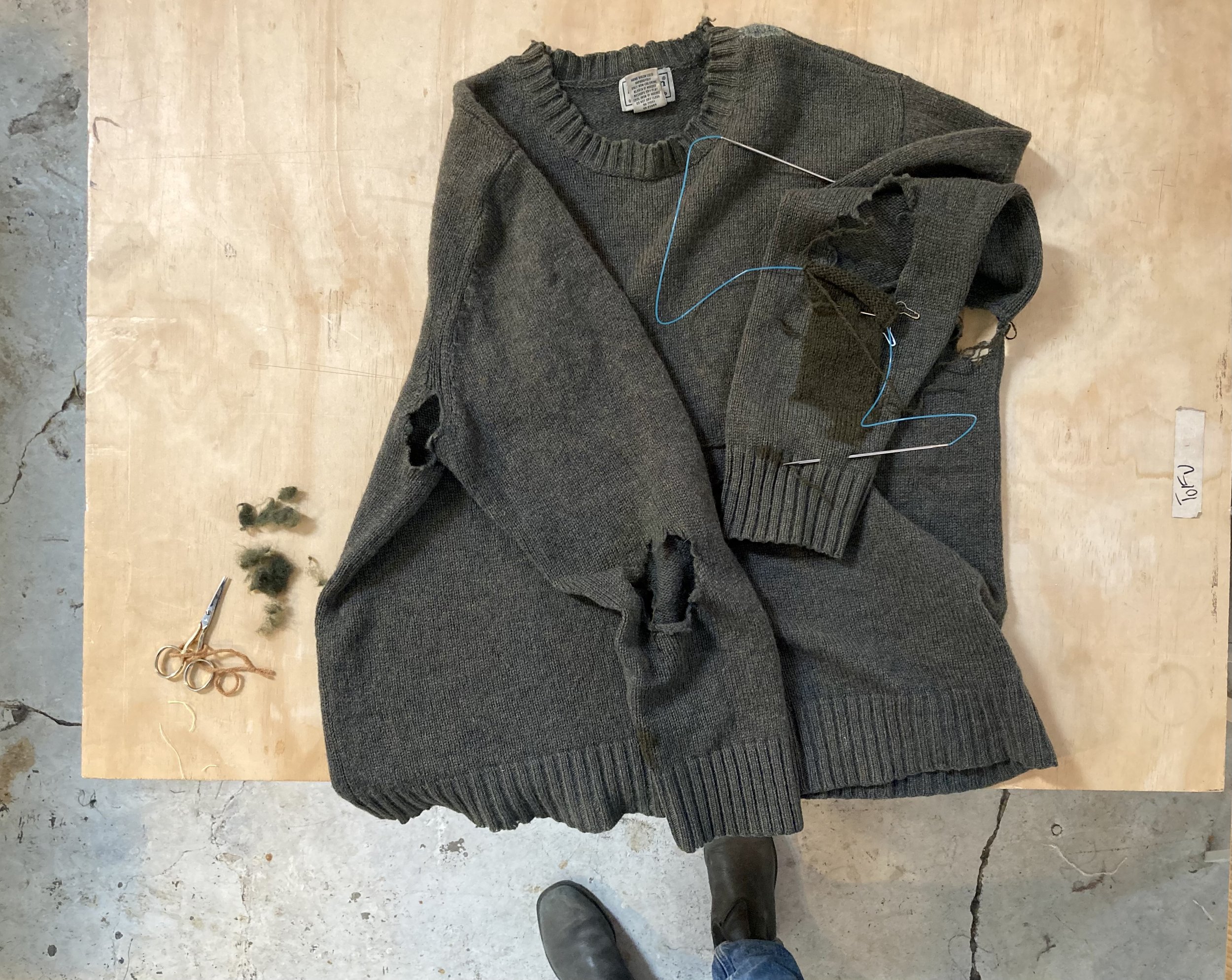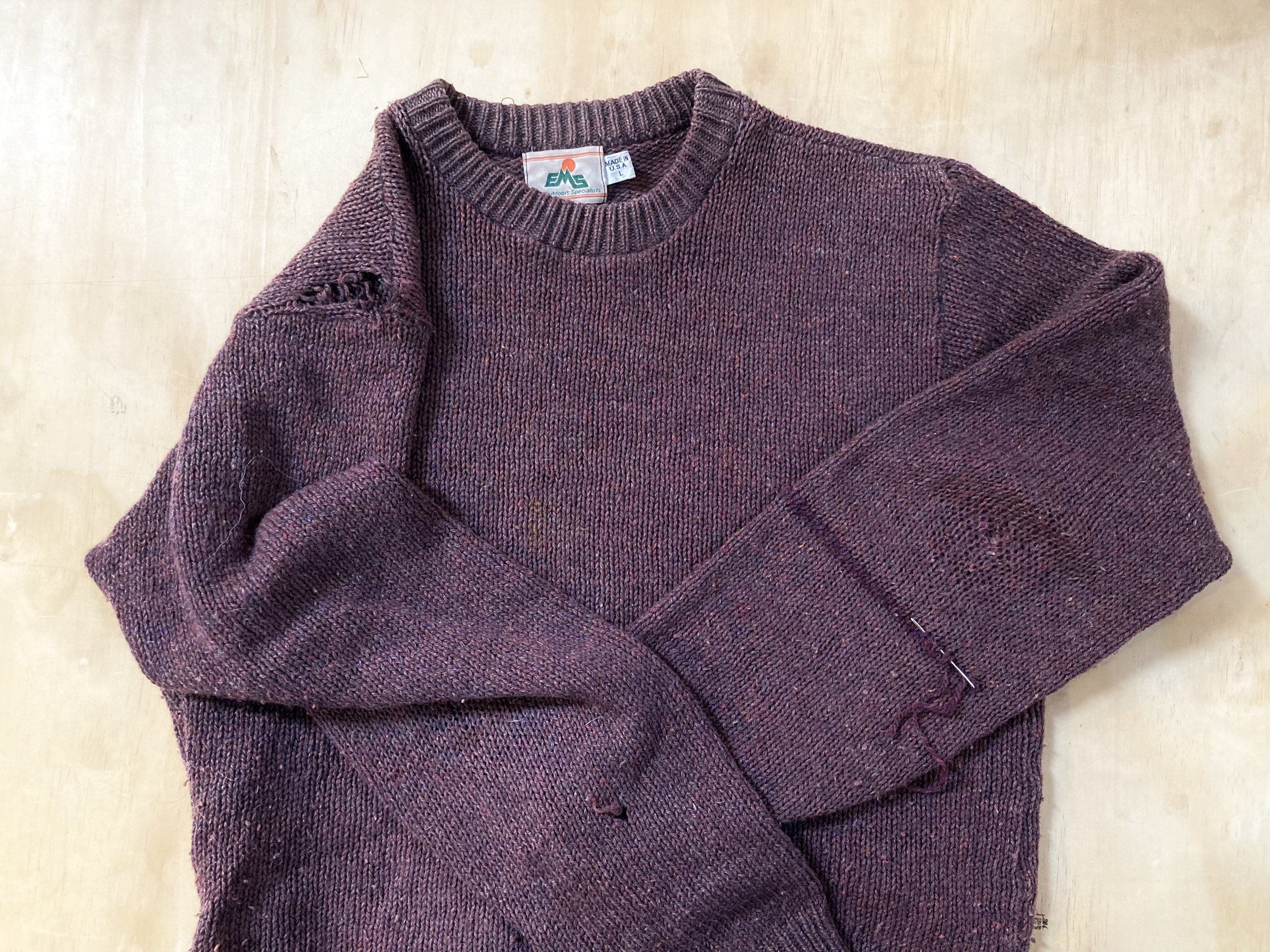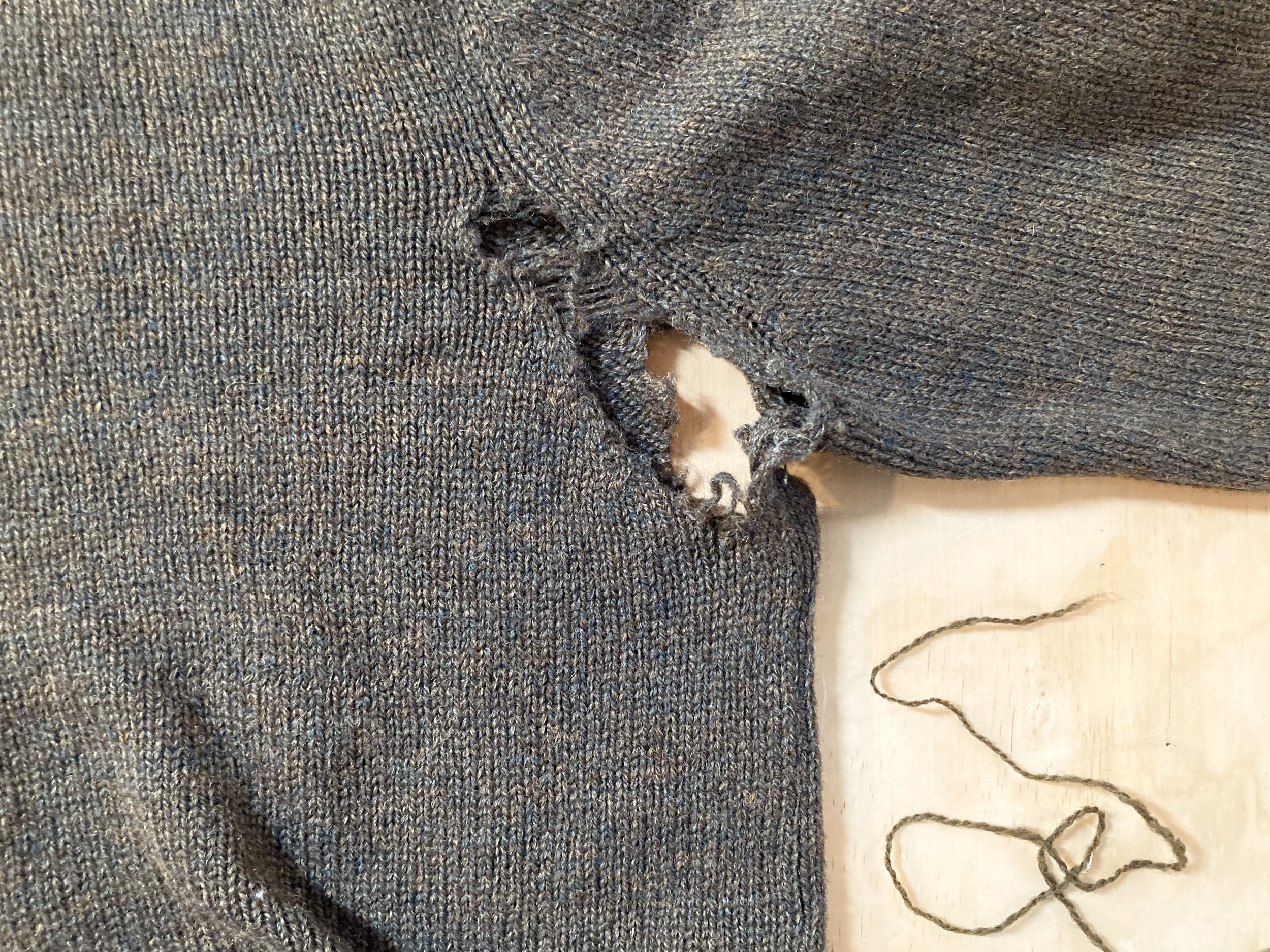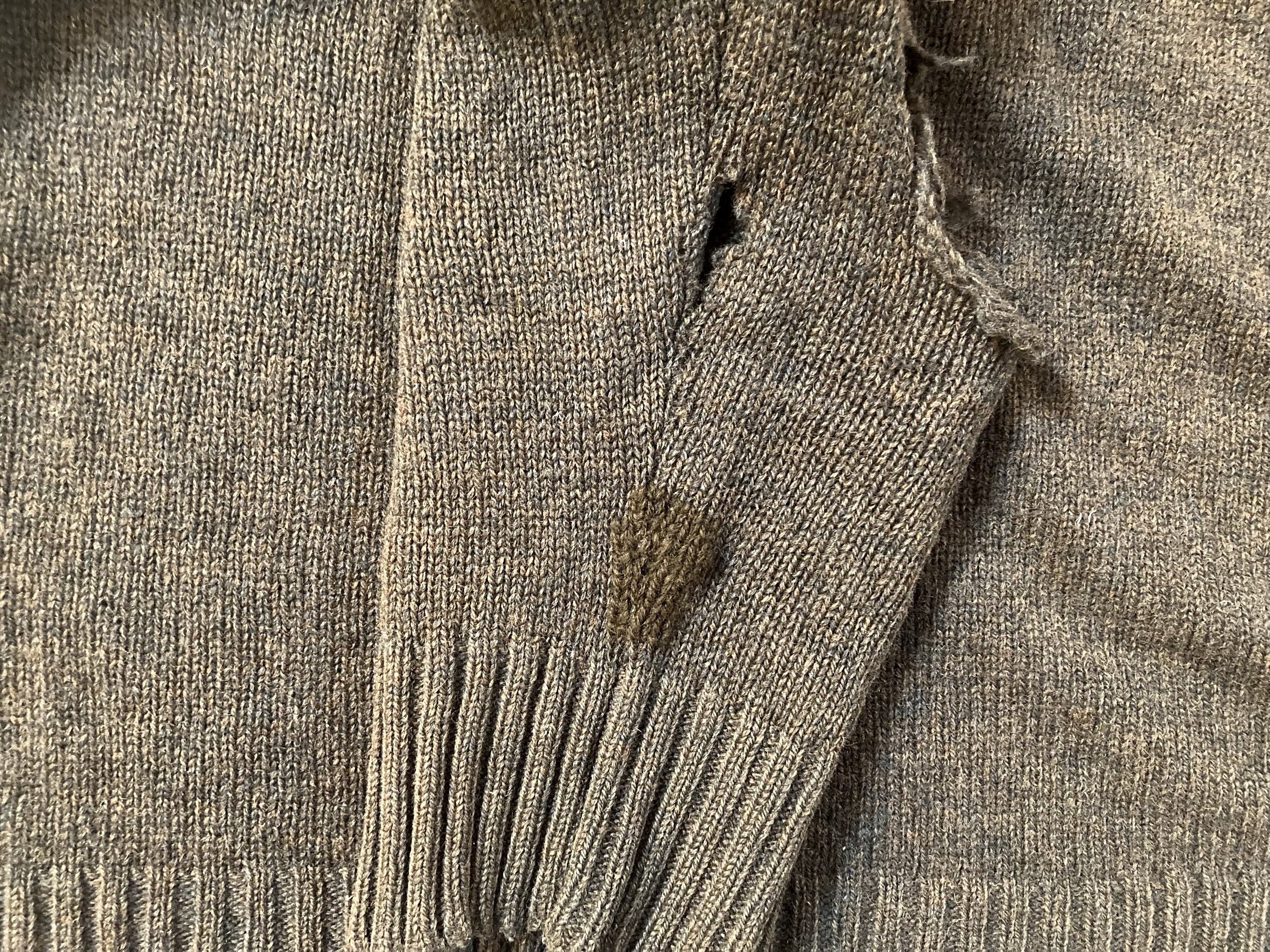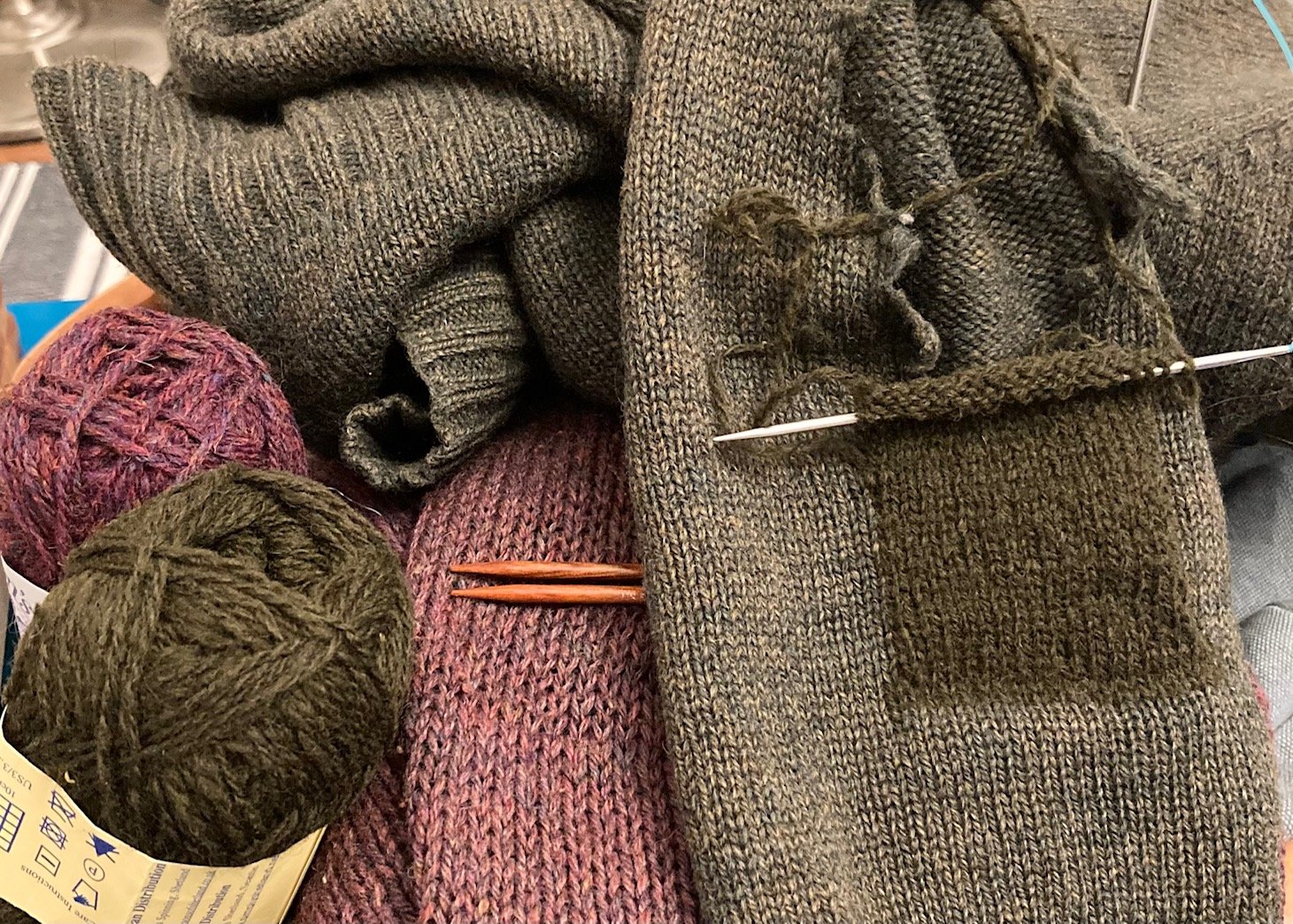Spring arrived in Portland this week, not only via the equinox but also the weather. We had four days straight of 70+ degrees leading into the first day of the new season. Bright blue skies and sunshine. The flowers were out on parade, as was people’s bare skin.
I must admit, for the first time in my life I feel unready. Deeply unready. Rather than rejoicing in the warmer weather, I felt a deep somatic resistance. I am not ready for spring. I’m not ready for summer. I want more hibernation weekends, I want time on the couch with cups of tea, a lap full of knitting and the all day long sound of rain. I want nowhere to be. I want more long, dreary days when being in my studio — with no window, and no real hint to the weather outside — for seven to ten hours at a stretch doesn’t feel like a trade-off for anything else.
This year began by standing still, with weeks of covid isolation and the icing-in; that was followed by an intensity in my studio work that drove much quick and effective decision making, and an exciting pace. But alongside that work fervor came a social calendar intensity the likes of which I don’t know if I’ve had since my early twenties. For weeks on end the date book held family visits, concerts, organizing work, studio visits, critique group, dinners with friends, my solo trip, something like four other birthday parties, and on and on. I remember looking at my planner in the first week of February and telling a friend: “I have no free time until after March 17th.” Friends, it’s after March 17th,… but those little squares just keep filling up.
The studio feels ground to a halt. A dozen things in their so-close-to-finished states are haunting me from every corner of my highly distracted mind. In the meantime the days keep ticking away between now and my flight to France, and the quilt remains unquilted, other baby gifts remain unmade, and don’t get me started on the clothes I’m hoping to sew myself between now and then. But when?
Hence, I think, the distinct, bodily felt NO to the beautiful spring days, and the ubiquitous feeling of the world around me waking up. All I want — what I feel like I need — is more time to rest. I want another February.
So in a quiet bit of protest, or perhaps in an attempt to force into being a slowness which I feel unable to experience, today I want to talk about mending. A deeply slow subject.
I do a lot of mending. I mend my own clothes continuously; I mend things for friends, neighbors, coworkers. I have mended things for perfect strangers, seeing their beautiful, tattered Irish sweaters and approaching them to ask for the privilege. I have tried to teach a few people to mend, though I am firm believer that there is no “right way” and that we all land on our preferred methods by trial and error, by doing again and again. I am not a particularly skilled mender and my mends are not typically beautiful in the way of the many examples you may have seen on your tiny phone screens. In fact, I find the actual act of mending tedious, extremely time consuming and often deeply frustrating; I usually put it off far too long and I have been known to relegate things to the mending pile only to forget they exist for a number of years. It is not a task I revel in, despite my insistence to others that I will do it for them.
But I hate that our clothes lead shortened lives because of things like a moth hole, or a weakened seam. I hate that an object that was made by someone’s hands, somewhere in this world — and all clothing is made by hand, we all know this by now, yes? — would go into the growing mountains of our refuse earlier than is necessary. And I find mended things beautiful, even if my own work tends to fall short of my visions; I often prefer an item in its repaired state. Despite grumbling through all the time that it takes me, I am almost always elated at the transformation of a garment, once the mend is finished. I just adore the visibly loved nature of a mended piece of clothing. Mending rejects the consumerist mindset that we must always have something new. A patch, a darn, a reinforced seam — these things say, quietly: I loved this too much to let it die. Mending loved things for my loved ones is a way I can demonstrate my own care and attention — an act of devotion that I believe is no small thing, in our attention-poor, waste-rich world.
And so right now I am the keeper of two hole-y, well-loved sweaters belonging to two different friends. Spring is here and I warned the boys that they won’t see these sweaters again until next fall, when I hope to present them in their new forms. One is practically more hole than sweater, and I’m eager to see how it changes over the next few months. It’s taken me a bit to source the yarns I wanted to use for these; I sent more than a few of my first internet purchases back from whence they came. With my own mends I tend to love the creative constrictions of making do, but I had nothing in my stash that could really rise to these particular tasks and, these being for others and not myself, I have hopes of them turning out just so.
This work, for me, is very, very slow (though don’t let me discourage you from your own mends, as it doesn’t need to be! My preferred method for knits is Swiss darning, or duplicate stitch, rather than weaving into the open spaces, felting, or patches — but all of those are options and all of them are faster than duplicate stitch.) On the green sweater, for places where the holes are large I am knitting whole new pieces to try to fill and replicate these holes, and then sewing those down, or “darning them in”, as needed. For the purple one, I will duplicate stitch everything; including, I think, most of the back of the left arm, where there is no actual “hole” yet but everything is about as threadbare as it can be and still be called intact. As is typical with worn things, I imagine that as I work over the most egregious of the damaged places on each sweater, I will discover myriad other places where, as the saying goes, a stitch in time will save nine.
I have about four billion competing high-priority items and an even longer wishlist of ideas, so this slow work will undoubtedly go even slower, being picked up occasionally, on the couch at night, in maybe only fifteen or twenty minute increments. But at this moment, rather than be agitated by that slowness, I am finding a real comfort in it. This quiet, gradual work feels like the one place where I can live inside the gentle, plodding pace I am craving. Bit by bit, stitch by stitch, these sweaters will become something new; renewed, resurrected, and imbued, as I believe all our textile works are, with the devotional care inherent in our time, and our attention.

